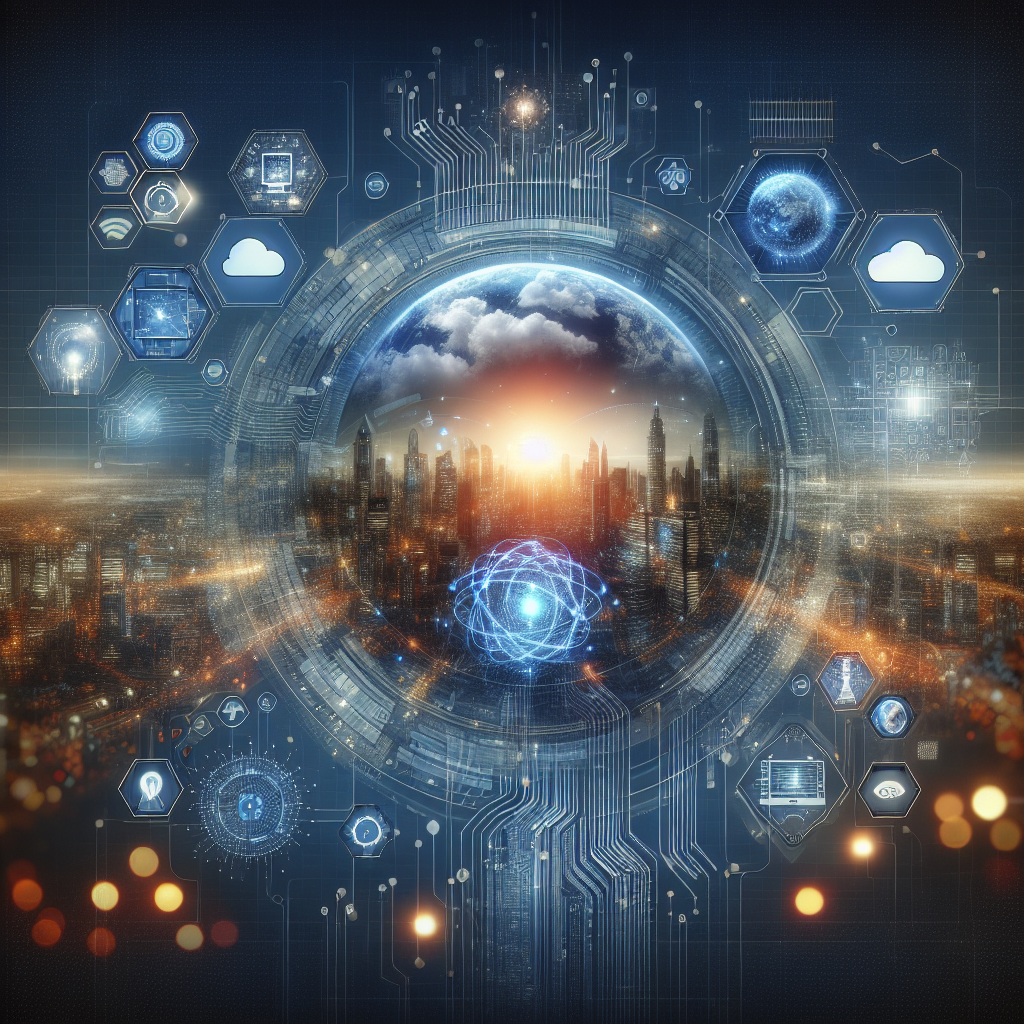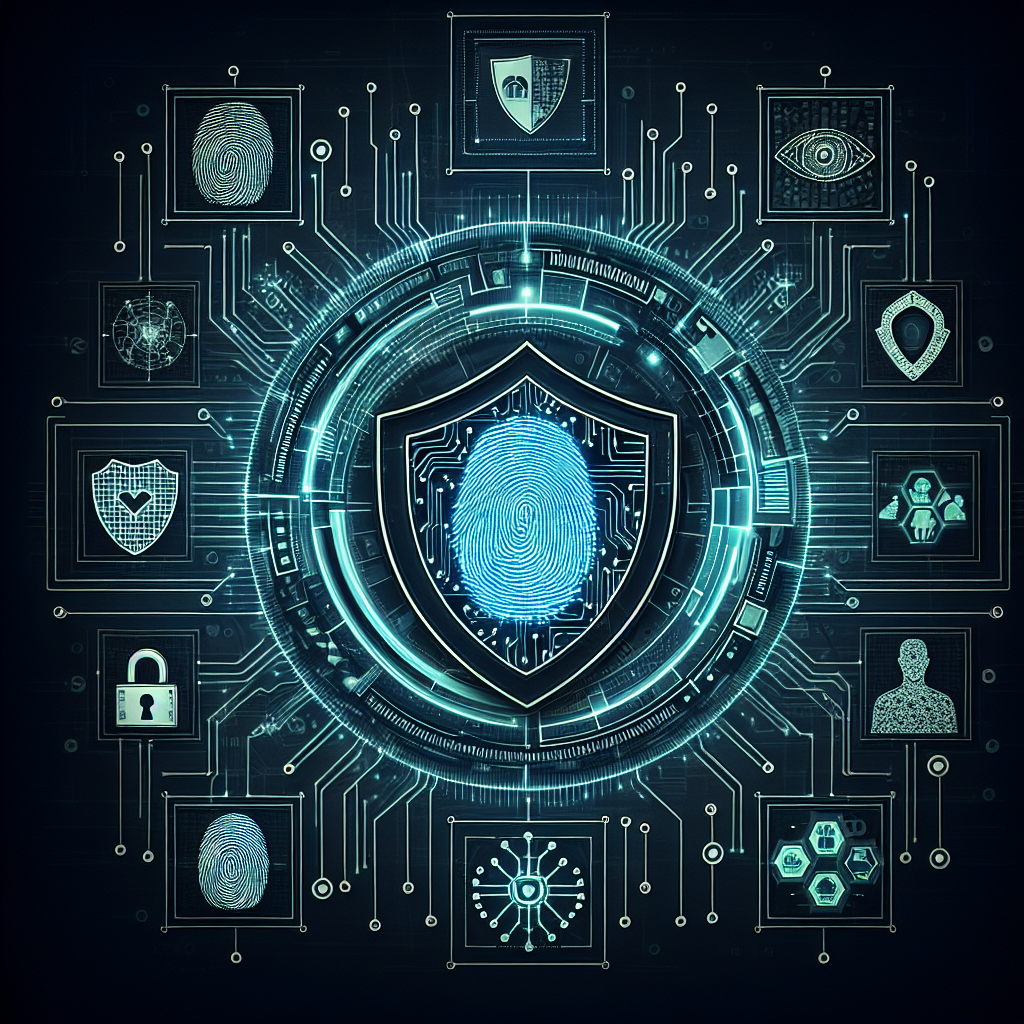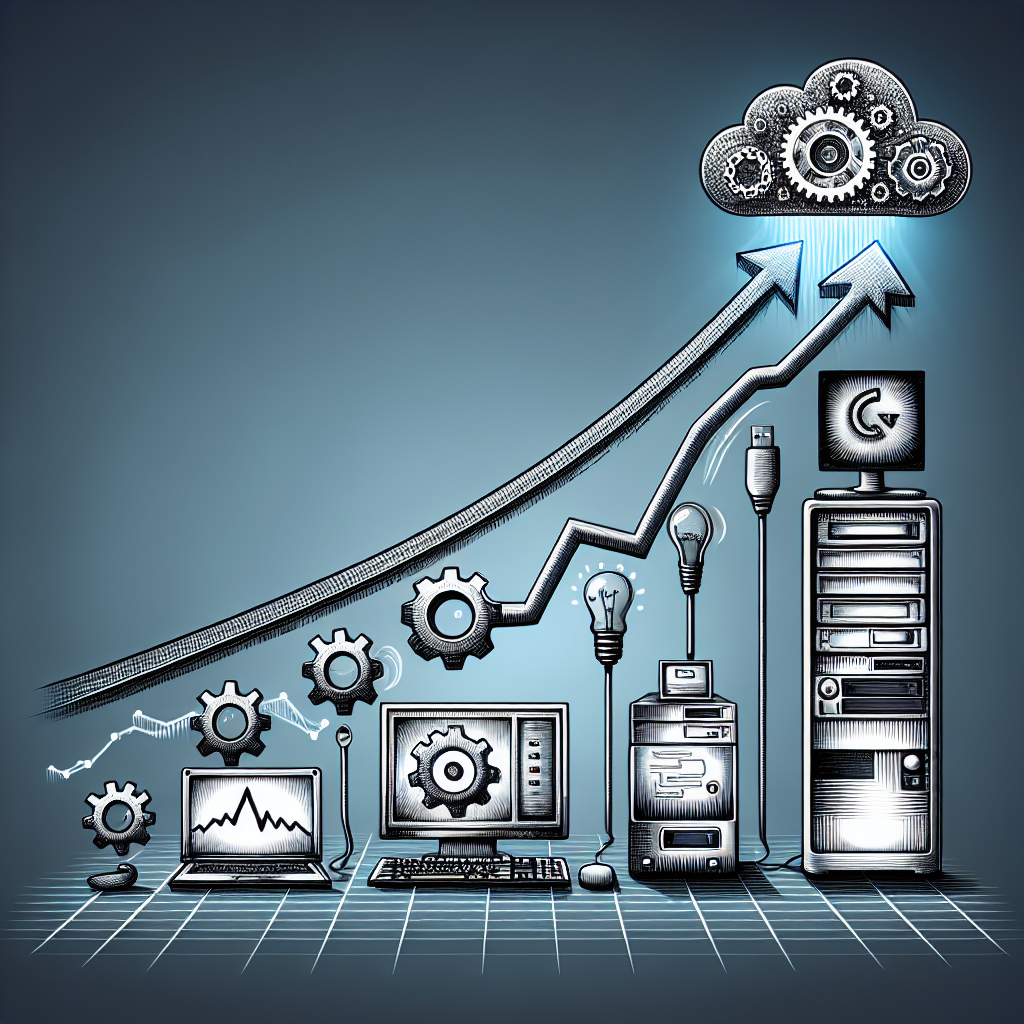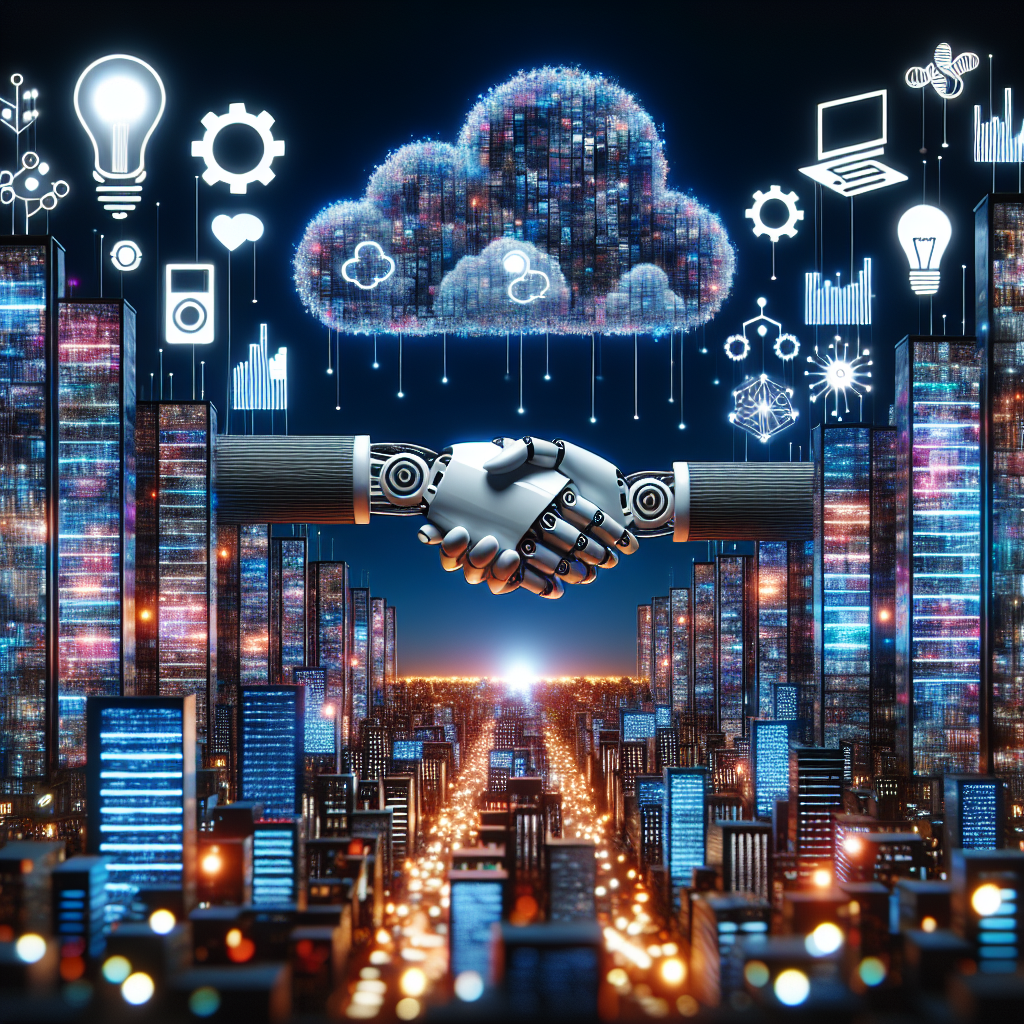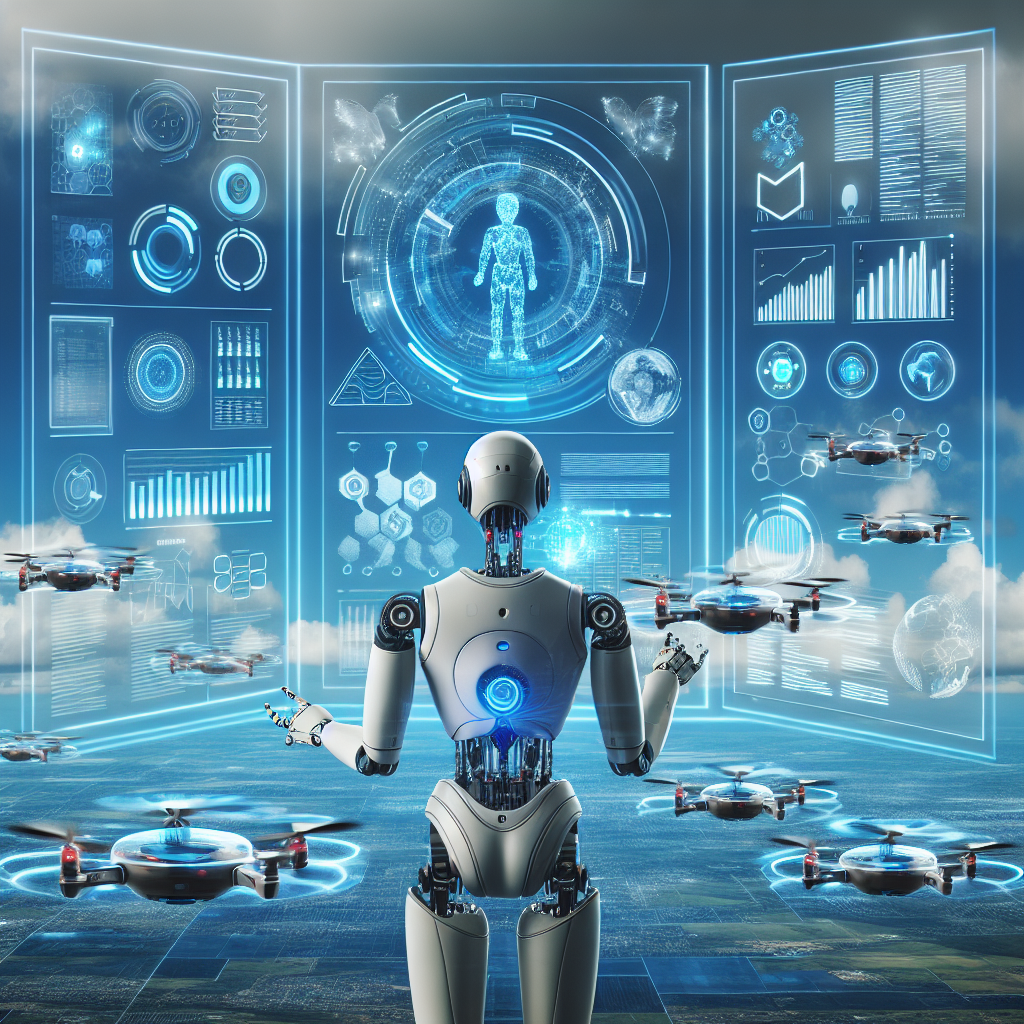As technology continues to advance at a rapid pace, the future of help desk technology is evolving as well. In order to keep up with customer demands and provide efficient and effective support, help desk systems are constantly being upgraded and improved. Here are some key trends to watch in the world of help desk technology:
1. Artificial Intelligence (AI): AI is playing a major role in the future of help desk technology. AI-powered chatbots are being used to provide instant responses to customer queries, freeing up human agents to focus on more complex issues. Machine learning algorithms are also being utilized to analyze data and predict customer needs, leading to a more personalized and efficient support experience.
2. Omnichannel Support: Customers today expect to be able to reach out for support through a variety of channels, including phone, email, chat, social media, and more. Help desk systems are now integrating multiple channels into a single platform, allowing agents to easily switch between communication methods and provide a seamless experience for customers.
3. Self-Service Options: Many customers prefer to find answers to their questions on their own rather than wait for a live agent. Help desk technology is now offering self-service options such as knowledge bases, FAQs, and automated troubleshooting guides. This not only empowers customers to solve their own problems but also reduces the workload for support agents.
4. Data Analytics: Help desk technology is now able to collect and analyze large amounts of data to identify trends, track customer satisfaction, and improve overall performance. By analyzing data, help desk systems can provide insights that help companies make informed decisions about their support strategies.
5. Remote Support: With the rise of remote work and global teams, help desk technology is adapting to provide support to employees and customers no matter where they are located. Remote access tools, video chat, and screen sharing capabilities are becoming standard features in help desk systems, allowing agents to troubleshoot issues from anywhere in the world.
6. Integration with Other Systems: Help desk technology is increasingly being integrated with other business systems such as CRM, ERP, and project management tools. This integration allows for a seamless flow of information between departments, leading to more efficient support processes and better collaboration across teams.
Overall, the future of help desk technology is bright, with advancements in AI, omnichannel support, self-service options, data analytics, remote support, and integration with other systems. By staying up-to-date on these trends and leveraging the latest technology, companies can provide top-notch support to their customers and employees, leading to increased satisfaction and loyalty.

